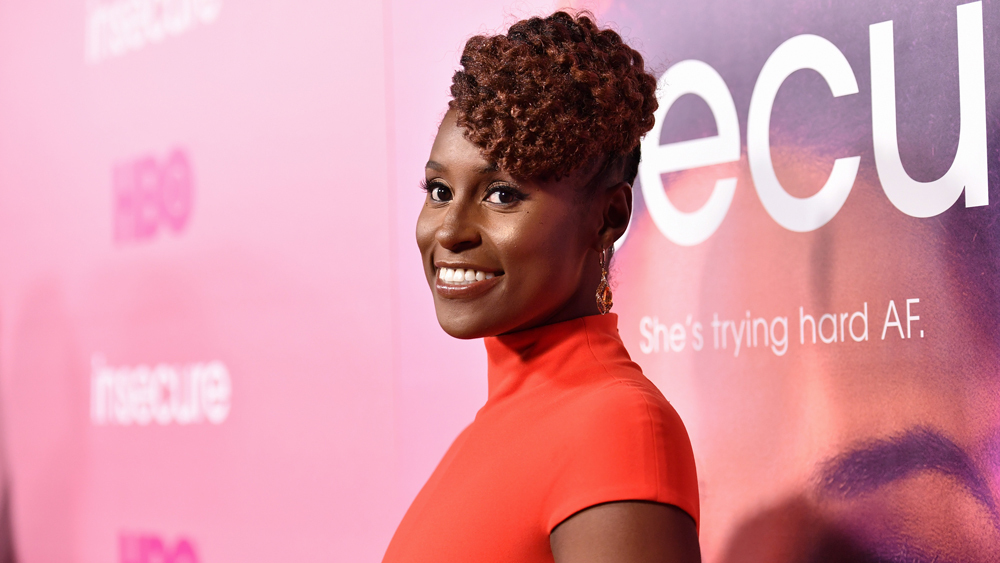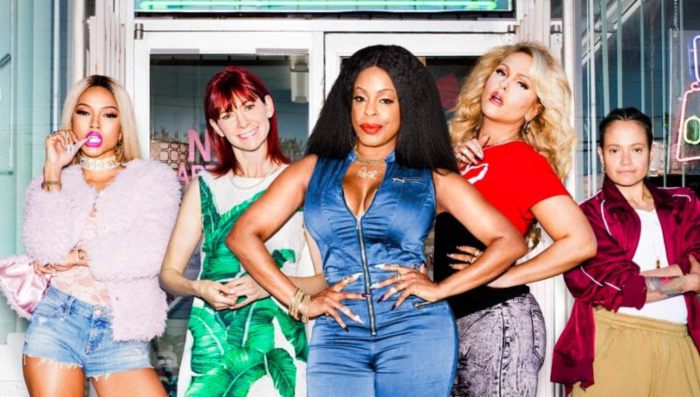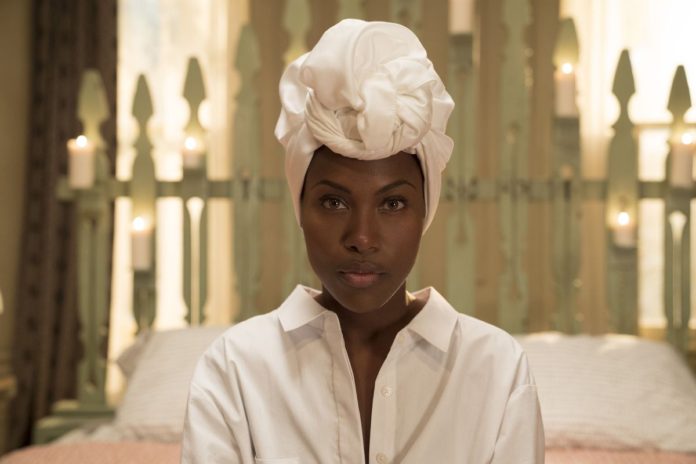A winning combination of style, action and humor have featured strongly in leading urban movies over the last two decades, and between recent box office and cable success stories, an increasingly vocal fan base and investment by industry players, the future of urban and black-led film is looking brighter than ever. For those who haven’t been keeping a close eye on the industry, it may come as a surprise to see so many excellent shows being released all at once.
It took over three decades for the film industry to cast its first African-American actor, and for the majority of American film history, roles for black actors and actresses have been in short supply. When roles have come up, they’ve tended to be limited to a selection of stereotyped characters: wacky friends, silent staff and aggressive men. Leading roles, along with the corresponding pay, prestige and access to career-making industry awards were so rare as to seem nonexistent.
In the 1970s, a concerted effort toward better representation on the silver screen led to a wave of blaxploitation films. While the lack of representation in Hollywood wasn’t solved in the era of disco, the rise of black film creators has borne fruit in the new millennium. An increasing variety of roles and genres are starring people of color, including the ranks of directors, writers and producers.
Traditionally, the route to the screen for many African Americans involved an established career as an entertainer in other areas, such as music or comedy. The trailblazing work of generations of actors and actresses, creators, writers and academics has helped both raise awareness of the lack of representation and opportunity, and create a new situation. Enough artists, creators and fans now believe in, expect and demand a world where people of color play lead roles, and a full range of experiences and lifestyles is portrayed on the screen.
One of the most exciting things about the changing media and entertainment landscape is the sheer variety of shows. Urban culture is appearing in many different forms, to great reception. Netflix’s recent urban fantasy film Bright, starring Will Smith, is notable for bringing creatures of fantasy and myth into a gritty urban LA setting and portraying a unique vision of a street culture tinged by orcish and elfish influences. Nnedi Okorafor’s award-winning Afrofuturism novel Who Fears Death is also under development by HBO, demonstrating the growing market for diverse films set beyond the American borders.
A Wrinkle in Time and superhero megahit The Black Panther are other recent triumphs in the science fiction and fantasy space, and are particularly notable for their diverse cast and production teams. It’s been a slow start for urban culture and black artists in the superhero realm, with a few notable leads including Blade and Storm, and Halle Berry as Catwoman, but few in a wider urban setting with a more fully diverse cast.
Marvel’s Luke Cage leaned in in a big way and has been incredibly well received, with its dark urban vision of Harlem and a huge cast. DC Comics is also showing their eagerness to join this wave of urban-infused superhero drama, with 2018’s upcoming Black Lightning. A clear, vocal and engaged audience is making known their tastes for more urban stories and more diverse casting in all popular genres.
Of course, regular crime, action and thriller shows also abound, with urban culture making a strong showing across franchises, studios and networks. LA native Tim Story has directed seven hit films, including superhero blockbusters, comedies, dramas and crime comedy franchise Ride Along. The ongoing, snowballing success of urban stories and diverse casts has caught the attention of media leaders, and the increased availability of funding for black creators, more diverse shows, and more and better roles for people of color is likely to further this rise.
Founder and producer Ryan Kavanaugh’s Relativity Media is a leader in original financing arrangements. His work contributed to the creation of the Marvel Cinematic Universe and original pioneering partnerships with overseas companies for financing. More creative sources of financing can open up the doors to greater opportunities for urban film and greater representation in production teams and artists. Relativity Media’s success with major franchises, including the Fast and the Furious films and Ride Along, established over a decade of urban film successes.
Historic dramas are also doing a better job with representation across the board, with successes including Race, Hidden Figures, Mudbound and Concussion, but Netflix’s contribution might be a hidden star in the growing success of urban films, both increasing visibility and offering dramatic levels of funding to challenging, diverse stories, creators and casts. Contemporary dramas including Dear White People, She’s Gotta Have It and Get Out have excellent production values, talented casts, popular appeal and thought-provoking content.
Urban movies and television, and more broadly, any black-led or created media, is undoubtedly achieving greater success in greater numbers than ever before, but it’s due in large part to the artists, creators, academics, writers and campaigners who worked for years to help us get here.
Readers Might Also Like:
 Season Three of ‘Insecure’ Gets an Official Premiere Date
Season Three of ‘Insecure’ Gets an Official Premiere Date
Mara and Salim Akil Preps New Series, ‘Love Is ____’, Coming to OWN
 [PREVIEW] Niecy Nash & The Girls Are Back For Season 2 of ‘Claws’
[PREVIEW] Niecy Nash & The Girls Are Back For Season 2 of ‘Claws’

